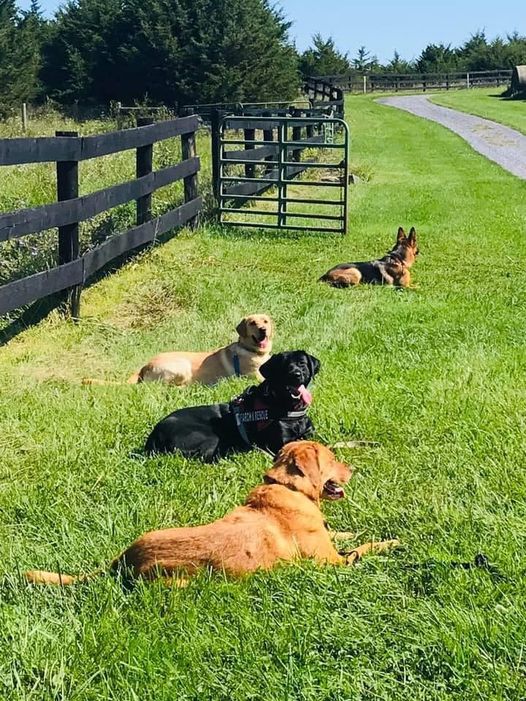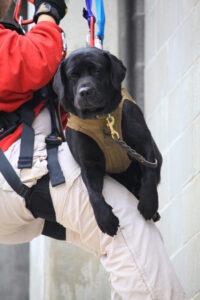Training an airscenting search and rescue dog is a long, involved process which must be tailored to each dog. While there are no rigid guidelines to describe your training program, this section is intended to give you an idea of what to expect. Other more experienced handlers work closely with new volunteers to help you develop your dog’s training program.
 When you get your puppy, take the time to bond with him before beginning any training. No amount of training can fix the fact that you dog doesn’t want to work for you. A close relationship with your dog will ensure that you don’t have this problem. Spend as much time as you can with your puppy; learn what his body posturing, facial expressions, and vocalization mean. Take your puppy with you wherever possible. Play with him often. As you do you will begin to build the reward system that you will use in search training.
When you get your puppy, take the time to bond with him before beginning any training. No amount of training can fix the fact that you dog doesn’t want to work for you. A close relationship with your dog will ensure that you don’t have this problem. Spend as much time as you can with your puppy; learn what his body posturing, facial expressions, and vocalization mean. Take your puppy with you wherever possible. Play with him often. As you do you will begin to build the reward system that you will use in search training.
Play is the reward of choice for intensive training programs like search and rescue training. As you bond with your puppy, you will learn which modes of play he particularly prefers, and what kind of toy he likes. Your reward system will take advantage of this information.
Take every opportunity to expose your puppy to new surroundings, situations, obstacles, and distractions. During searches you will work in situations of great variety; your dog must remain comfortable and confident. Doing so requires him to be obedient and agile. These are areas of training which you should pursue in combination with search training
When you do begin search training, keep in mind that the search must be the ultimate game for the dog. Dogs who do not enjoy searching will give unreliable performance. On the other hand, dogs who love to search will perform strongly for long hours. Search training begins with imprinting. It starts as simple as walking along an going up to someone (finding them) sitting on the trail. The dog is then lavishly rewarded by the subject. The purpose is to establish subject loyalty. Learning that is is great to find strangers, I will be rewarded greatly. You progress by making this more difficult, sitting off the trail a little, moving farther into the woods, and so on. Run offs are added to the training. In this exercise, the subject runs away from the puppy with his toy, while the handler holds the dog. When the subject stops the handler issues a find command and releases the dog When the puppy reaches the subject, he is praised and rewarded with play. Unless an experienced Blue and Gray handler can help you outside of practice, wait until your first group practice to start training, so that we can help you execute these properly. It is very important to start off on the right foot.
The find-refind behavior chain will be developed by using the run off exercise. The process of training individual behaviors and chaining them together will be discussed greatly in your training.
While it is a bit of an oversimplification, you can think of the entire training program as a process of making the run offs longer and more difficult. Your dog will progress from very simple run-offs to more complex exercises in which the subject is hidden or has not run in a straight line or directly upwind. Eventually, you will abandon the linear nature of the run off in favor of the area problem, in which your dog must search a small area for the subject. Again, your dog will progress to larger areas containing more difficult terrain, vegetation, etc.
 Be prepared to deal with the “two steps forward, one step back” phenomenon when training your dog. Training is a constant process of give and take. Do not allow yourself to get discouraged when your dog performs below his ability; dogs have bad days just like people. You dog will see your disappointment and may respond negatively, with continued poor performance.
Be prepared to deal with the “two steps forward, one step back” phenomenon when training your dog. Training is a constant process of give and take. Do not allow yourself to get discouraged when your dog performs below his ability; dogs have bad days just like people. You dog will see your disappointment and may respond negatively, with continued poor performance.
Resist temptation to jump ahead in the training process. It is important to make sure each newly taught behavior is deeply ingrained in the dog before moving to the next step. Skipping steps will create a poor foundation for continued learning, and the result will be poor performance. Remember that actual search conditions can be exhausting and disconcerting to your dog. In such conditions, behaviors that have not been solidly learned will tend to fall apart.
As you train your dog, you must train yourself. In the field your dog is responsible for searching the area local to you and his nose. You are responsible for positioning the dog in high-probability area, taking best advantage of scenting conditions, keeping track of your map position, communicating with base, etc. In searches, dog tasks are typically lead by the dog handler. Therefore, you will have to acquire the knowledge and leadership skills necessary to lead a team in the wilderness.
